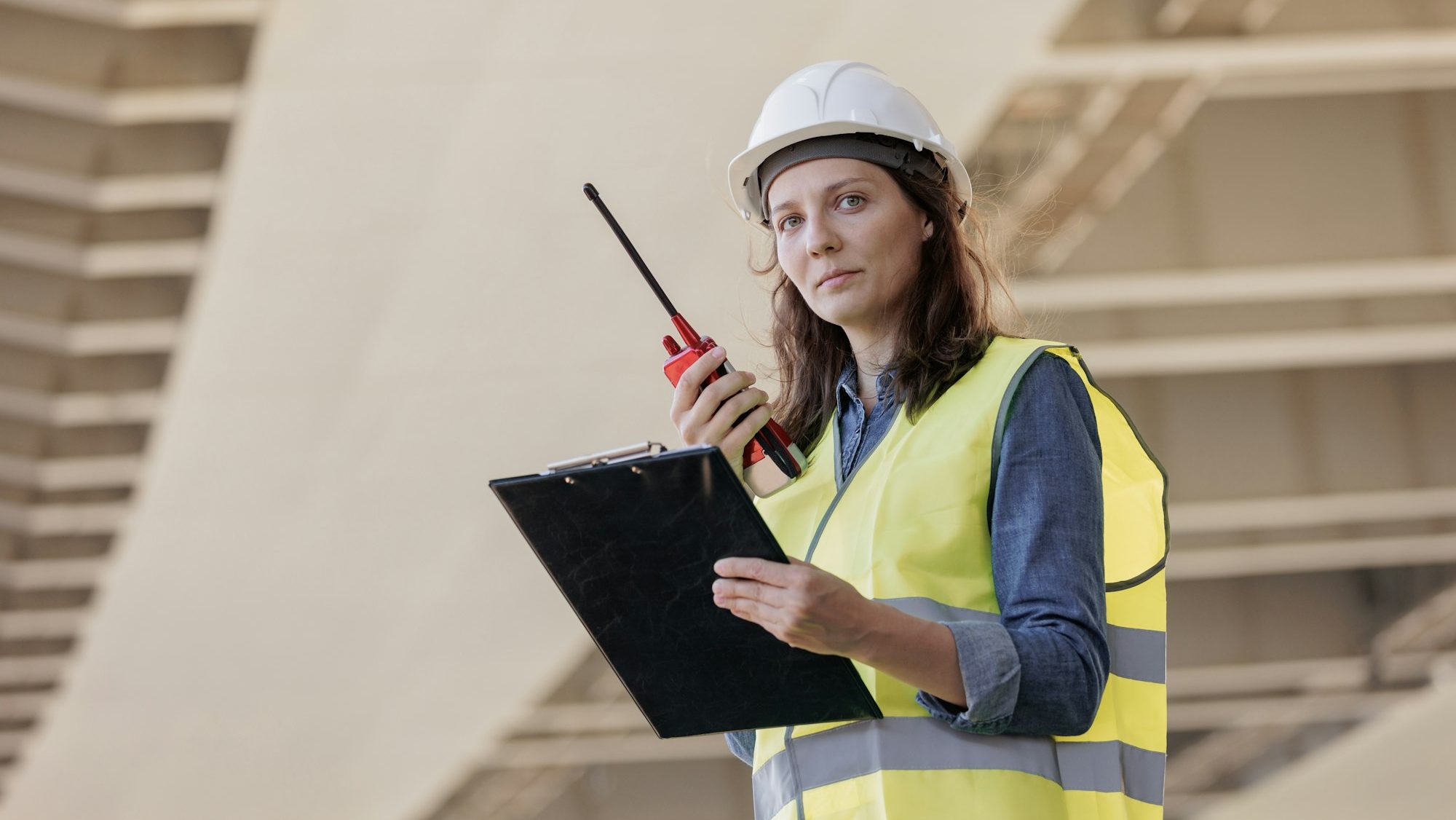There has been a large number of female tradies using their social media platforms to encourage more women to pick up the tools and consider working in the male dominated construction industry.
Roof plumber and tiny house builder Aimee Stanton reveals that she previously studied beauty therapy but realised she “couldn‘t paint nails to save her life”.
“You go onsite thinking you do have something to prove and that gives you adrenaline and every day you have to give 110 per cent,” says Aimee Stanton.
The builder frequently shares progress photos and videos of the final products with her 28,600 Instagram followers.
Aimee recently shared a video on her Instagram account, showing the three things she wished she knew as a teenager.
They were that you don’t need to be the smartest person to be successful, you don’t need to know your passion right away but encouraged people to learn as much as possible, and that risks weren’t scary once they were taken.
“Go with what your heart says, not what your aunt Karen says to do,” says Aimee Stanton.
Cabinet maker Gabby Campbell is the first ever female worker to be employed by her boss.
“I just came in and fit in with the team with no problems. There was none of those common misconceptions about hiring a woman. We’re looking for an apprentice now and he’s open to hiring another woman which would be great,” says Gabby Campbell.
They are just some of the many women using their social media pages to inspire others to join them.
Empowered Women In Trades founder Hacia Atherton said these women were “inspirational” and were “trailblazers”.
Ms. Atherton’s charity aims to increase the number of women in trades and see it as a viable career path.
Hacia Atherton encouraged more workplaces to take more female tradies on board.
“Look at your industry with a bit more of an open mind and see that diversity can really improve things for everyone,” says Hacia Atherton.
According to figures published by the Australian Bureau of Statistics, technicians and trades workers was the second highest male-dominant occupation behind machinery operators and drivers.
The industry has a total of 83.8 percent male workers and only 16.2 percent women employees.
In December last year, the Victorian Government was the first in the nation to implement a quota on the number of female employees in the construction industry.
Under the Victorian Government’s policy mandate, female workers must make up at least three percent of trade positions, seven percent in non-trade roles and 35 percent of management, supervisor and specialist labour roles for government projects worth $20 million or more.
The Building Equality Policy came into effect in January this year but there will be a two-year transitional period.
Carpenter Stefanie Apostolidis, who is close to seven months pregnant, says that she originally got into the industry when she was “taking the reins” from her father who needed a hip replacement.
“The first time onsite a lot of people just look at me as if I’m there just helping out dad or as if I’m a cleaner,” says Stefanie Apostolidis.
Last month she revealed to her 155,000 Instagram followers she was having a girl.
“I can’t wait to have a new best friend a little mini us … A strong confident woman,” her post read.
“All of you are asking: ‘will she be a tradie?’ As mum and dad are both tradies. It would be pretty cool to have her at work with me and her dad. But time will tell. I’m just praying for a happy healthy angel the rest will follow,” says Stefanie Apostolidis.





